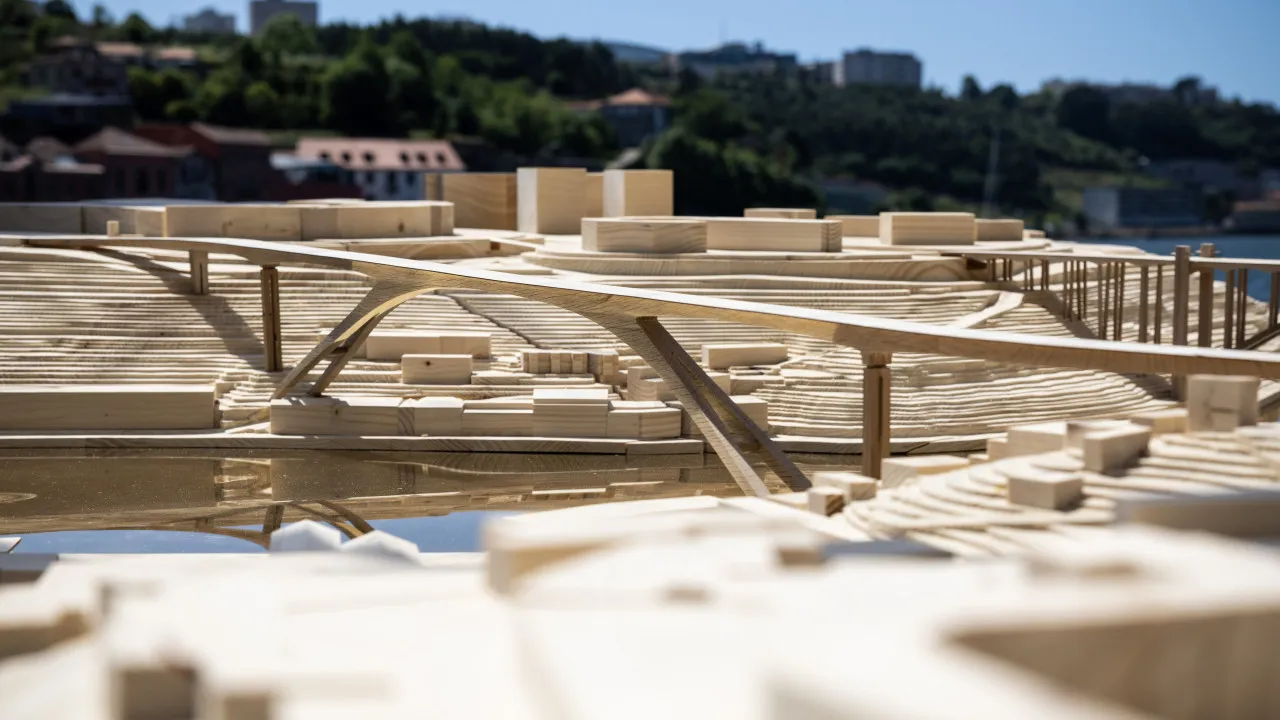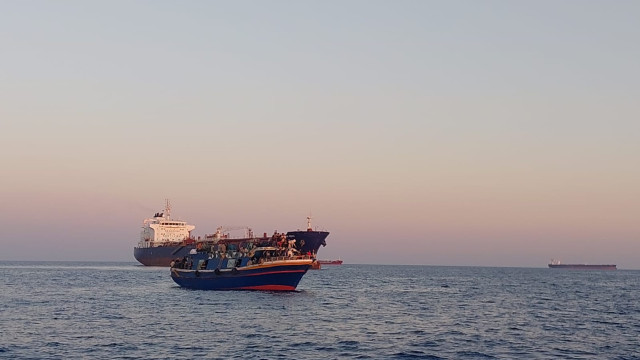
After the signing of the PPP1 (public-private partnership) contract for Phase 1 of the Porto-Lisbon connection, the Porto Regional Organization of the PCP announced its intention to question the Minister of Infrastructure and Housing, Miguel Pinto Luz, regarding the high-speed bridges and stations in Gaia and Porto.
Subsequent to the contract signing, Infraestruturas de Portugal – IP and the European Investment Bank (EIB) disclosed details about these high-speed stations in a statement.
In a statement, the communists expressed plans to query Pinto Luz on the “fundamental changes” to the original project and the alleged “backroom negotiations between the consortium and municipalities, without IP and the government publicly assuming their role and responsibility in the process.”
The communists argue that the high-speed process involves a “game of pressures, blackmail, and maneuvers” from the LusoLav consortium (now AVAN-Norte), accusing them of attempting to redefine the project to their interests after winning the public tender, altering routes and station locations without public consultation or transparent debate.
Regarding the lack of information during today’s presentation, the PCP believes this indicates “the discrepancy between the discourse of transparency and actual practice, raising legitimate doubts about the real commitment to a truly participatory and informed process.”
Following today’s contract signing, IP and the European Investment Bank (EIB) announced that the first high-speed rail concession foresees a new station in Santo Ovídio, in Gaia.
“Promoted by Infraestruturas de Portugal (IP), the Porto-Oiã section will include 71 km of new high-speed rail infrastructure; a new station at Santo Ovídio (Vila Nova de Gaia), adaptation of the Campanhã Station for high-speed services; a new bridge over the Douro River; connections to the Northern Line near Canelas; and a new electric traction substation in the Estarreja area,” the statement read.
The initial segment of the high-speed line included, in the specifications, the construction of a dual-deck road-rail bridge over the Douro River, the redevelopment of Porto-Campanhã station, and the construction of a new underground station at Santo Ovídio (Gaia).
However, in April, the LusoLav consortium (Mota-Engil, Teixeira Duarte, Alves Ribeiro, Casais, Conduril, and Gabriel Couto), awarded the design, construction, financing, and maintenance of the line, presented to the Gaia City Council an alternative (non-exclusive) solution, proposing changes in the route, the construction of two bridges instead of one over the Douro River, and moving the Gaia station to Vilar do Paraíso instead of Santo Ovídio.
The high-speed line is projected to connect Porto and Lisbon in one hour and 15 minutes by 2032, with possible stops in Gaia, Aveiro, Coimbra, and Leiria, and the Porto-Vigo route (via Porto Airport, Braga, Ponte de Lima, and Valença) in 50 minutes by 2032.
The first phase (Porto-Soure) of the high-speed line in Portugal is expected to be completed by 2030 and the second phase (Soure-Carregado) by 2032, ensuring a connection to Lisbon via the Northern Line.




